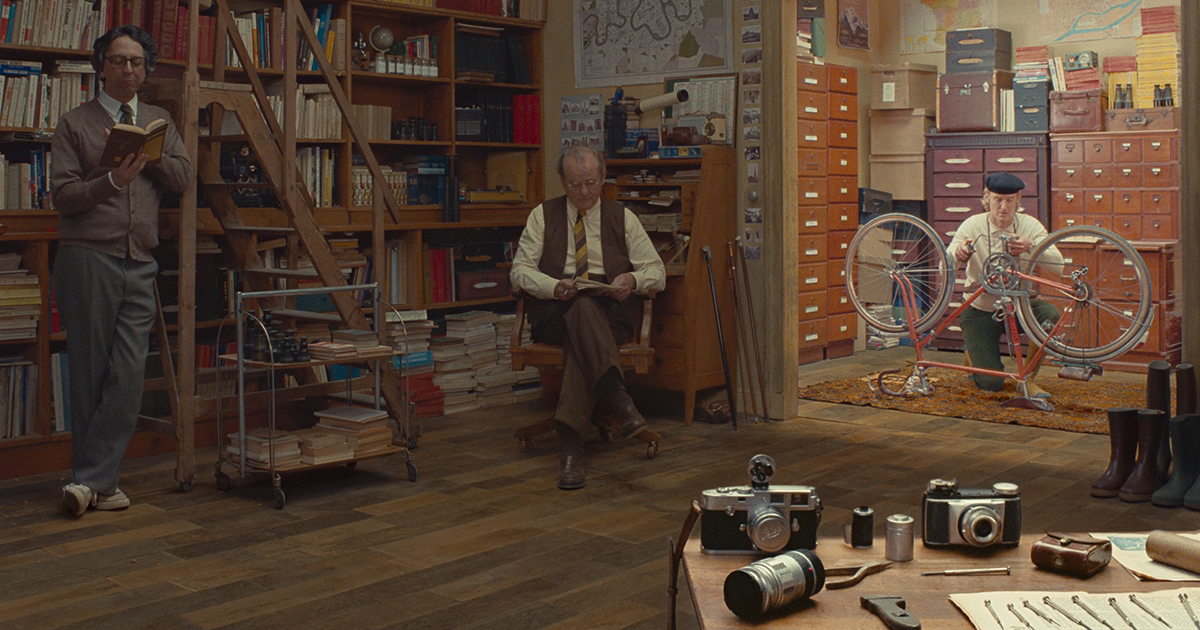
Recent gung-ho wide release strategies for indie titles don’t appear to be working, despite stellar critical reviews. What’s going wrong?
The release formula for lower budget arthouse or indie films used to entail a slow build to generate publicity, including festival screenings, critical reviews before limited release on half a dozen screens, expanding it to 50 screens, then 300 screens, then (if it did well enough) 1,000 screens.
Even the most popular and celebrated independent films were treated to such a platform release schedule. “They were seen as requiring special nurturing,” says Variety.
“What we once called the mass audience needed to be enticed into seeing them. But with the right amount of teasing, that audience would go and fall in love with these movies too.”
However, recent indie titles including Zola (released over the July 4 weekend), Spencer and Belfast have been opened wide: Belfast in 580 theaters domestically; Spencer in 1,000 theaters and The French Dispatch in 780.
And it’s not working — at least according to Variety’s Owen Gleiberman. He suggests that Pablo Larraín’s Spencer, a drama about Princess Diana, is “limping its way toward $10 million,” and that neither it nor Kenneth Branagh’s nostalgic look back at his home town in Belfast “aren’t exactly setting the box office on fire.”
“This instant wide-release pattern may be linked to the pandemic (the perception that a movie now has to grab your attention or be consigned to oblivion). It may also be considered a kind of loss leader for streaming (a way to advertise a film for home viewing, and the box-office tally be damned). But it reflects a throw-it-out-there strategic crudity that is not doing these films any favors.”
— Owen Gleiberman
It’s not universal. Gleiberman points out that many art films and documentaries still open on just a few screens, like The Rescue and Camerimage Golden Frog winner C’mon C’mon.
It also rates Wes Anderson’s The French Dispatch the season’s “bona fide breakthrough indie hit” on account of mustering $13 million on 800 screens despite receiving some of the most dyspeptic reviews of the director’s career.
“This instant wide-release pattern may be linked to the pandemic (the perception that a movie now has to grab your attention or be consigned to oblivion),” offers Gleiberman. “It may also be considered a kind of loss leader for streaming (a way to advertise a film for home viewing, and the box-office tally be damned). But it reflects a throw-it-out-there strategic crudity that is not doing these films any favors.”
The critic’s chagrin is mostly about explaining the disappointing box office return for Spencer which features a performance by Kristen Stewart widely considered the Oscar frontrunner “but the heat around that movie has not been allowed to build.”
The strategy behind the wide release seems to be to open big so as not to be perceived as arthouse but a genuine must-see at the cinema.
Distributors want to maximize their own success, and if the new wide-release strategy is perceived to be floundering, who’s to say that the old strategy won’t become new again?
Of course, the key factor behind all this may simply be the demon of streaming — the voice in viewers’ heads that now says, “If it’s not Bond or Godzilla or Ghostbusters or Marvel, why bother to go out to see it?” As Gleiberman sees it, there’s no platform in the world that can support audience indifference.





